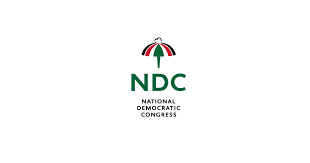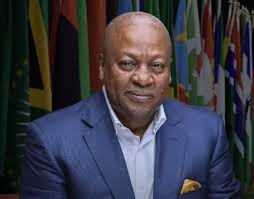
When Ena Miller had a baby last year, she was unprepared for the constant comments about her daughter’s appearance.
From the day my baby was born she was judged by the colour of her skin.
After spending a day and a night in intensive care, Bonnie had been reunited with me for only a few hours when a woman popped her head around the door to ask what I would like for breakfast.
Before I could reply, she asked, “Is that your baby?”
I anticipated the next thing she said would be a compliment – “Isn’t she cute!” or “Her cheeks are so chubby!”
Instead, she repeated, “Is that really your baby?”
Her tone was surprised, slightly shocked. Her use of the word “really” triggered a few alarm bells.
“She looks so white. Look at her hair, it’s so straight. She’s so white,” she continued.
And that’s when it all started – strangers feeling free to question whether I was Bonnie’s mother or comment on the colour of her skin.
It happened in the hospital where I had just given birth. It would happen again later when out shopping, sitting in restaurants and visiting friends.
I have brown skin. My partner is white. Bonnie is mixed-race.

From the maternity ward I sent pictures of Bonnie to people I loved and a few responded with one-line sentences, not sugar-coated in the way a new mum might expect.
“She’s really white.”
“I prefer the picture where she looks more African.”
“She’s very pale isn’t she?”
One felt the need to use capitals: “She’s STILL white.”
(A mixed-race baby may be born with skin a shade or two lighter than it will end up.)
It hurt.
Bonnie and I spent five days in the hospital alone. It was during the first Covid wave – no visitors allowed. My partner could only check in on us via WhatsApp video, and this meant I had plenty of time to Google and worry about people’s comments.
Would people always assume I wasn’t Bonnie’s mother?
Would Bonnie always have to explain who I was?
Would I always be mistaken for the nanny?
I wasn’t ready to live with this.
- Listen to Ena Miller’s report on Woman’s Hour on BBC Radio 4
- Download the Woman’s Hour podcast
Five weeks after we left hospital, a lovely walk turned unpleasant. A man appeared, aggressively shouting, “Why is your baby so white?” He circled around us, seemingly enraged.
“Why is she so white? Did you get with a white man? That’s what happens when you get with a white man! Look at her, look at her, look at her – why is she so white?”
I was appalled, afraid, and embarrassed by the audience he had attracted. I couldn’t understand why this man, who was the same colour as me, was so offended.
In fact, all the negative comments about my baby’s skin colour were from people the same hue as me. I didn’t get it. I had never imagined mixed-race families had to go through this.
My biggest regret is that I didn’t defend my family. I said nothing. I walked away from this angry stranger, holding my tears back until I reached the safety of my own home. I never spoke about the impact it had on me – until I met Wendy.
Wendy Lopez is 60, lives in South London and tries not to take life too seriously.
Twenty-eight years ago she gave birth to Olivia. Her friend called the maternity ward from Guyana in South America to check if her baby was white or black. Wendy laughs while recounting the story. That’s how she deals with things.
Olivia had brown hair, but with “big blonde curls” at the front.
“It was like she’d been to the hairdresser and someone had put rollers in her hair,” Wendy says.
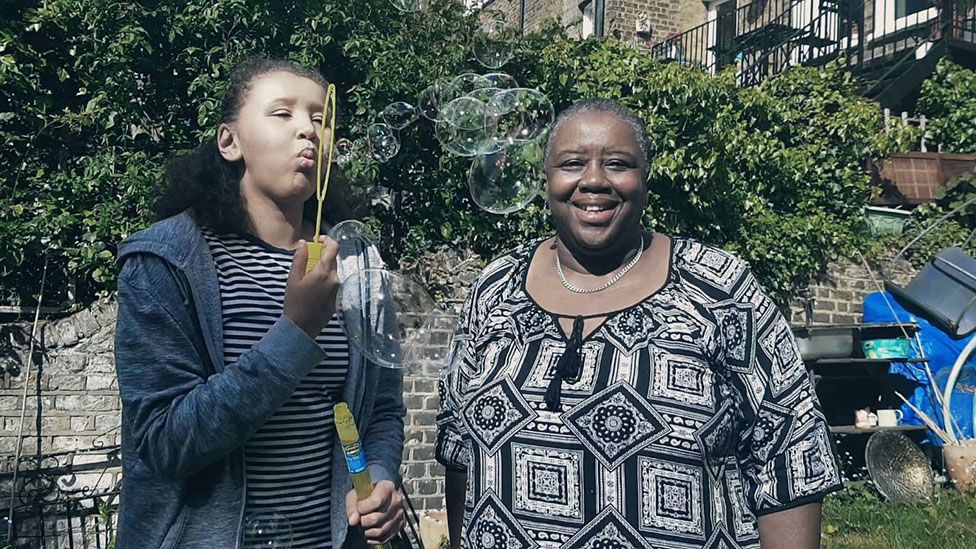
A doctor asked Wendy if she had “white in the family”, and she explained that Olivia’s father was white. But he said: “No, no, no, you’ve got white in your family and that’s the reason why Olivia is so pale.”
“I’m thinking, ‘Why are you telling me all this?'” remembers Wendy. “Does he go around to all the mums and discuss their child’s colour? I bet you he didn’t.”
Wendy admits her mum didn’t approve of her granddaughter’s skin colour and would occasionally refer to her as “the white girl”, but she felt she could cope with that. It was more difficult coming from strangers.
One incident was particularly upsetting. Wendy was doing her weekly shop in Deptford, south London, with Olivia in the buggy, when she walked past three black men standing outside a pub.
“One of them came towards me. He sees Olivia and asks, ‘Is that your child?’
“I said ‘No.’
“I basically disowned my child, but in that situation, I would do it again.
“I have no regrets. I felt threatened. I was scared. I could smell he’d been drinking. I thought he might beat us up,” says Wendy.
“You see in them days it wasn’t OK for black women to be with white guys.”
Today people usually show their disapproval in other ways, and Wendy doesn’t stay silent – partly because Olivia has a learning disability and cannot defend herself.
“I went to get a Covid jab a few months ago and the nurse asked if I was Olivia’s carer, and when I said I was her mother, she asked if I actually gave birth to her,” Wendy says.
“I can’t let people get away with saying these things to me.”
She says it’s important because comments like this are an attack on who Olivia is, and that if her daughter was able to “she’d be running around telling people to leave her alone” and saying: “My father’s white, my mother’s black and leave it at that.”
I put to Wendy something that’s been nagging me for a while. Are we – am I – just too sensitive?
“Well,” she says, clasping her hands together, “that is what everyone who is not in this situation is going to say: ‘Oh, you’re too sensitive. Come on, we didn’t mean anything by it. You’ve got a chip on your shoulder.'”
But after 14 months of it, I’m exhausted by having to constantly confirm that this beautiful being I am holding is my daughter.
“We are in the 21st Century. You would think people have moved on a bit, but they haven’t,” says Fariba Soetan, who writes a blog about bringing up mixed-race children.
Fariba is 41, and half-Iranian, half-English. Her husband is Nigerian, and they have three daughters aged 10, eight and six.
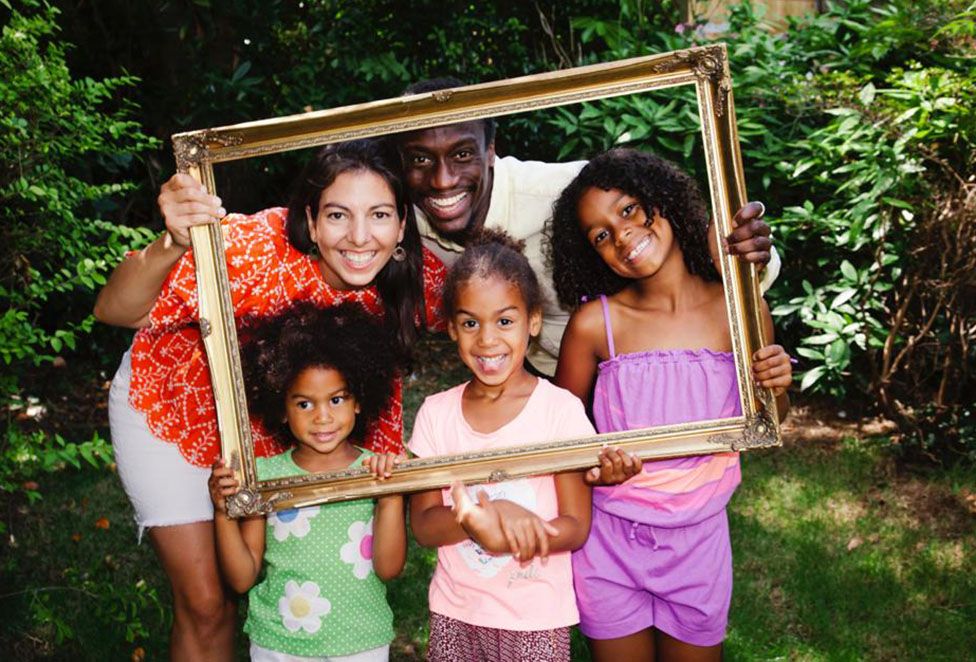
“I was really terrified about the comments we’d come up against, having three girls who all have different skin tones,” Fariba says. “I can already see the different experiences my children will have based on how they’re perceived in society.”
One incident last year really upset her. Fariba was picking up her seven-year-old daughter from a class in North London.
“I gave her a hug and then one of the children said, ‘Is that your daughter?’
“I said, ‘Yes’. And she said, ‘Do you still love her even though she’s that colour?’
“My daughter had to hear that,” Fariba says, as she tries to stop herself from crying.
But writing about the issue helps. “It makes me feel that I’m having an impact. I am not just taking it, I’m doing something about it.”
I want Fariba to reassure me that this is all just a phase and that people’s unwanted curiosity will stop. Unfortunately, she doesn’t.
“There’s often comments after we’ve been on holiday, especially with my oldest, who is the darkest,” says Fariba.
“‘Oh… she’s gotten quite a tan’ or ‘She’s looking quite dark.’ There are often underlying tones of, ‘Do you want to be that skin colour?’
“She’s certainly absorbed some of that. She doesn’t want to get too dark because there’s something negative attached to it.”

Then Asha, who we are talking about, darts across the garden towards us. She’s back from gymnastics and is still full of energy and bounce. She wants to show me her favourite books, about having curly hair and being a star black ballerina.
“Sometimes I look at people in the street and I wonder if they think we’re from the same family,” Asha says.
She has come up with her own solution.
“I describe my family as ice-cream flavours. I’m caramel. Mum is vanilla. Dad is chocolate. Ella is fudge and my youngest sister is butterscotch.
“It makes it better to think of them in that way – instead of saying you’re lighter or much darker than me, so we are not separating each other.
“I want to compare us using delicious things. Things that people love – like ice cream. We are a family and you shouldn’t judge us.”
When Asha has danced her way back into the flat, Fariba tells me she hopes people like Meghan Markle and US Vice-President Kamala Harris will encourage people to re-examine prejudices about colour – whether it’s who can lay claim to black identity, or the colonial-era belief that white is better.
“I do hope that something is changing. I think we need to hang on to that hope.”
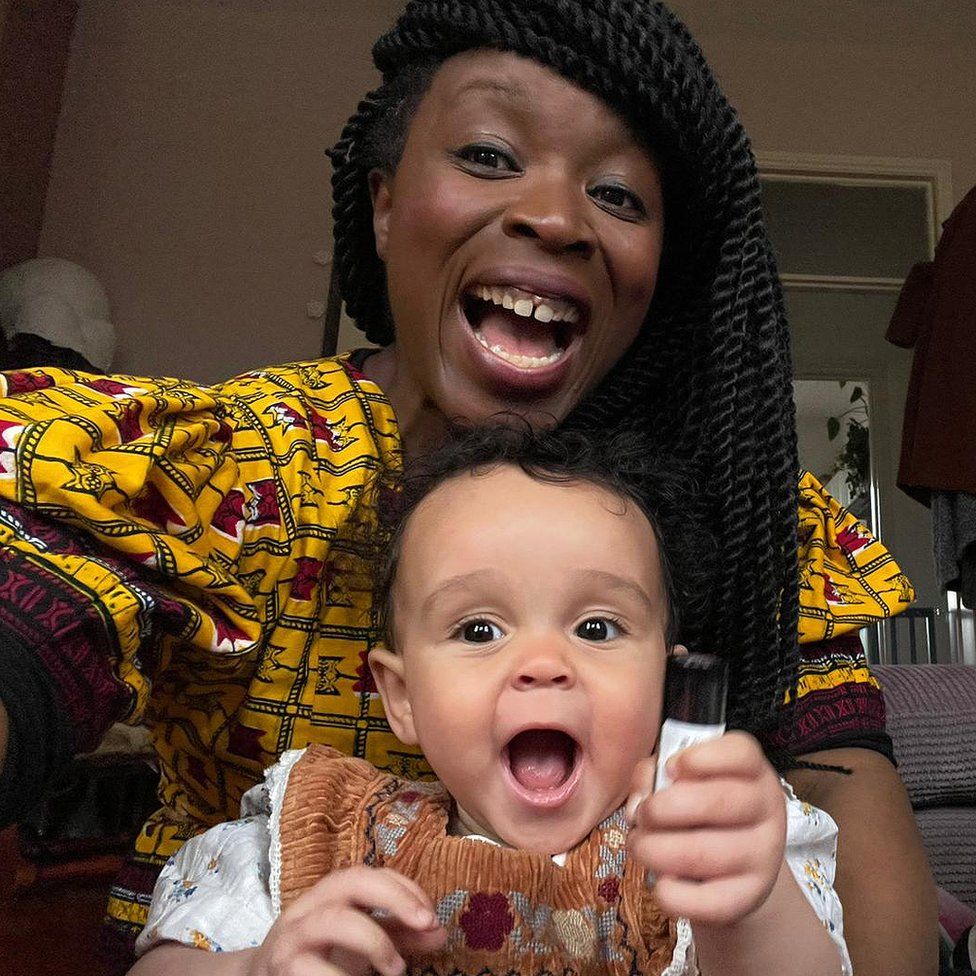
A few weeks after I met Wendy, she sent me a text to follow up on our discussion.
“I hope all goes well,” she wrote. “I forgot to say: just be happy with your daughter, because these precious years will just fly by.”
It is advice I’m completely happy to take.
You may also be interested in:
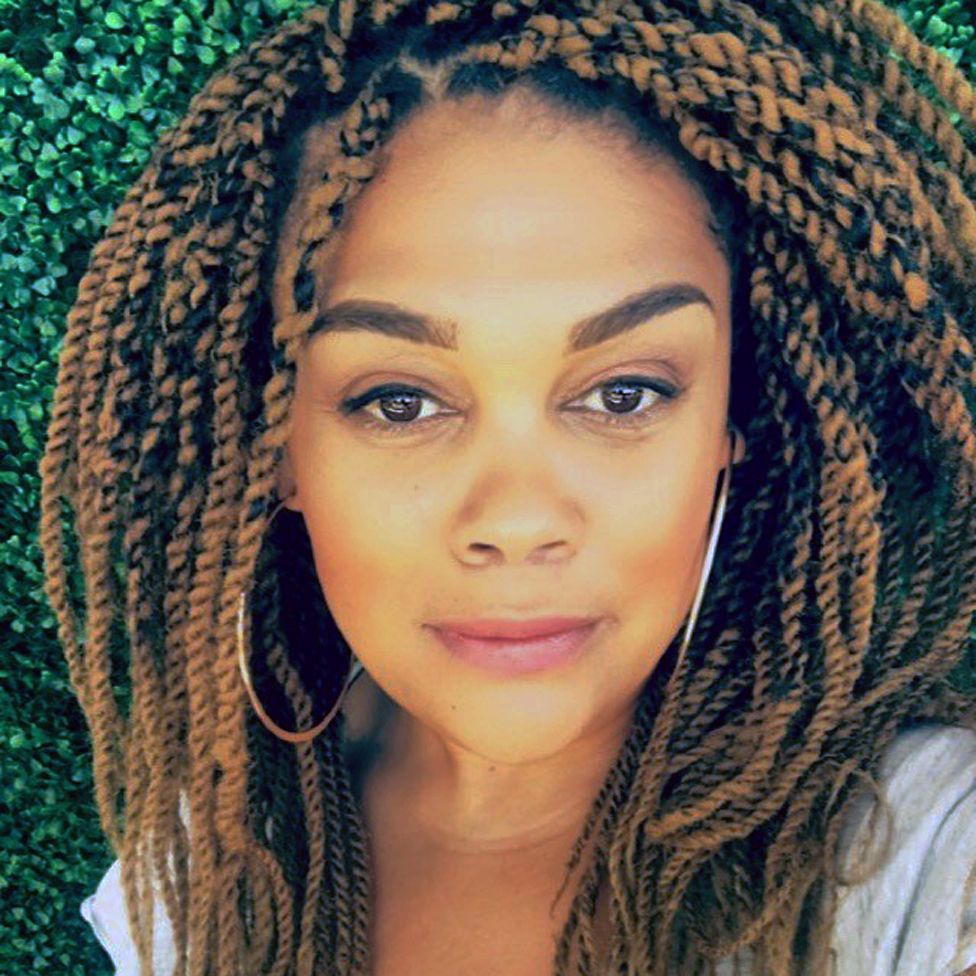
In 1980 a baby girl was given up for adoption for being the wrong colour – she was mixed-race, her parents were white, and this was apartheid, South Africa. But being brought up by a white couple in the UK left her searching for her place in the world. She only found it when she returned to the country of her birth.
credit: bbc


